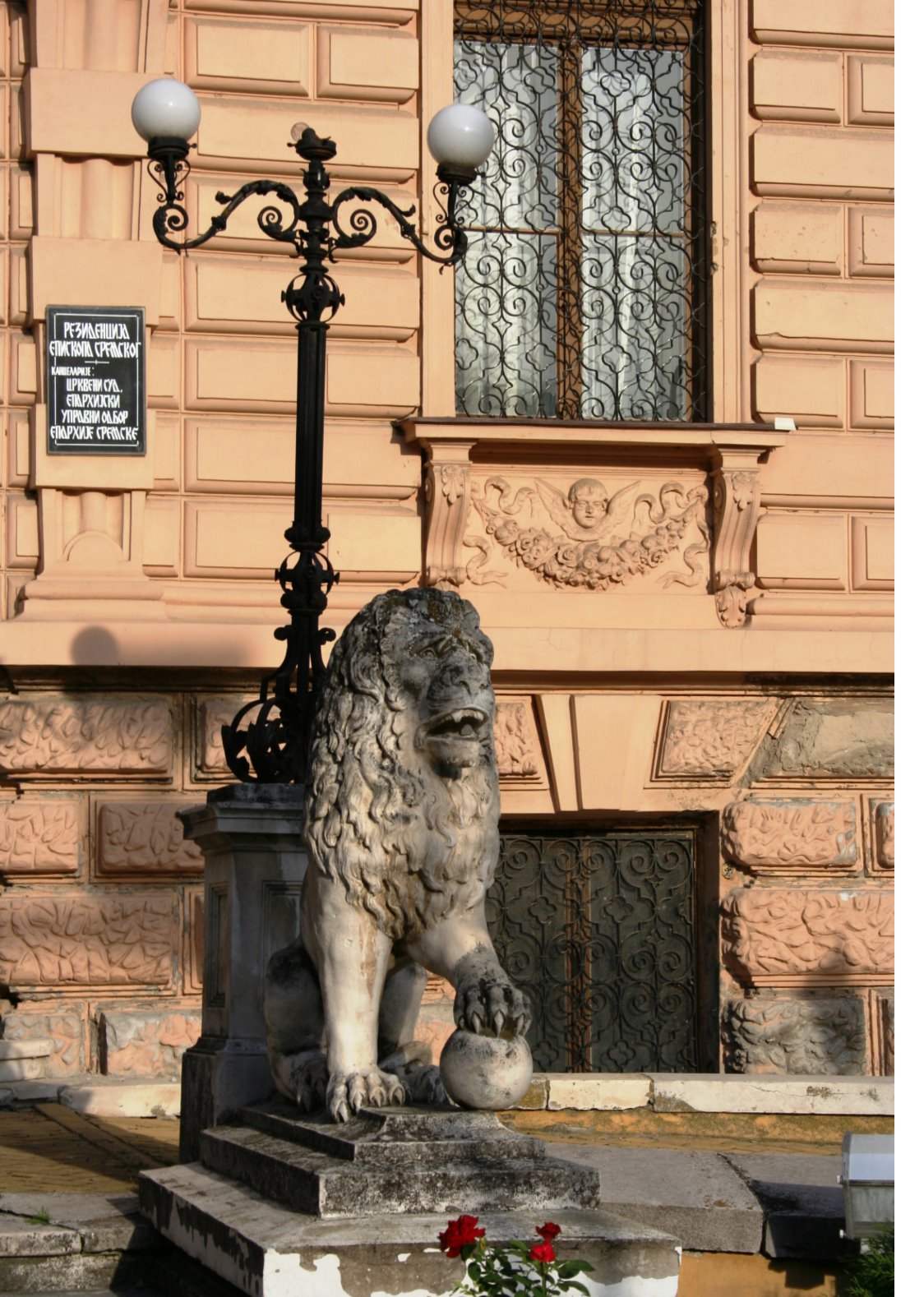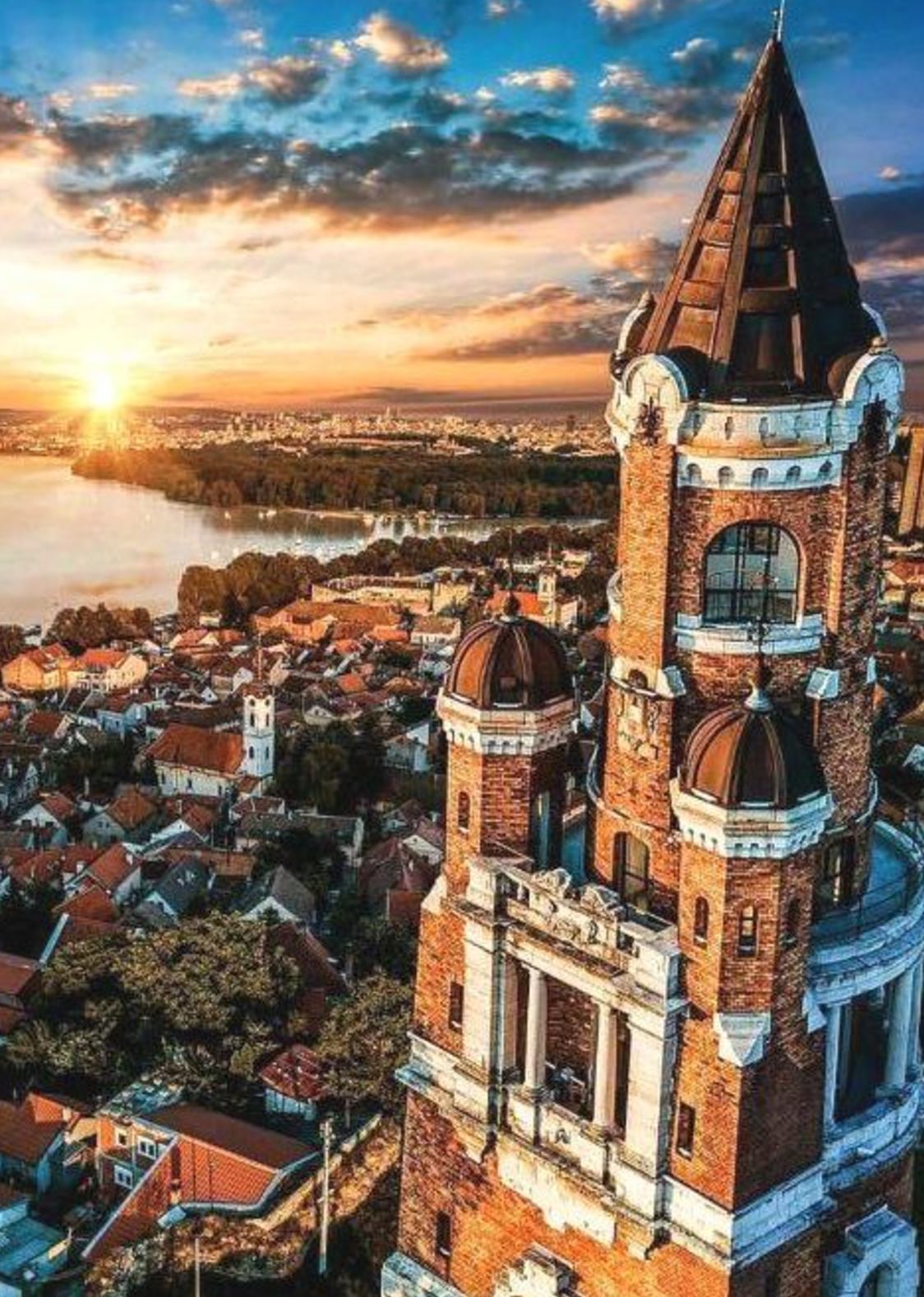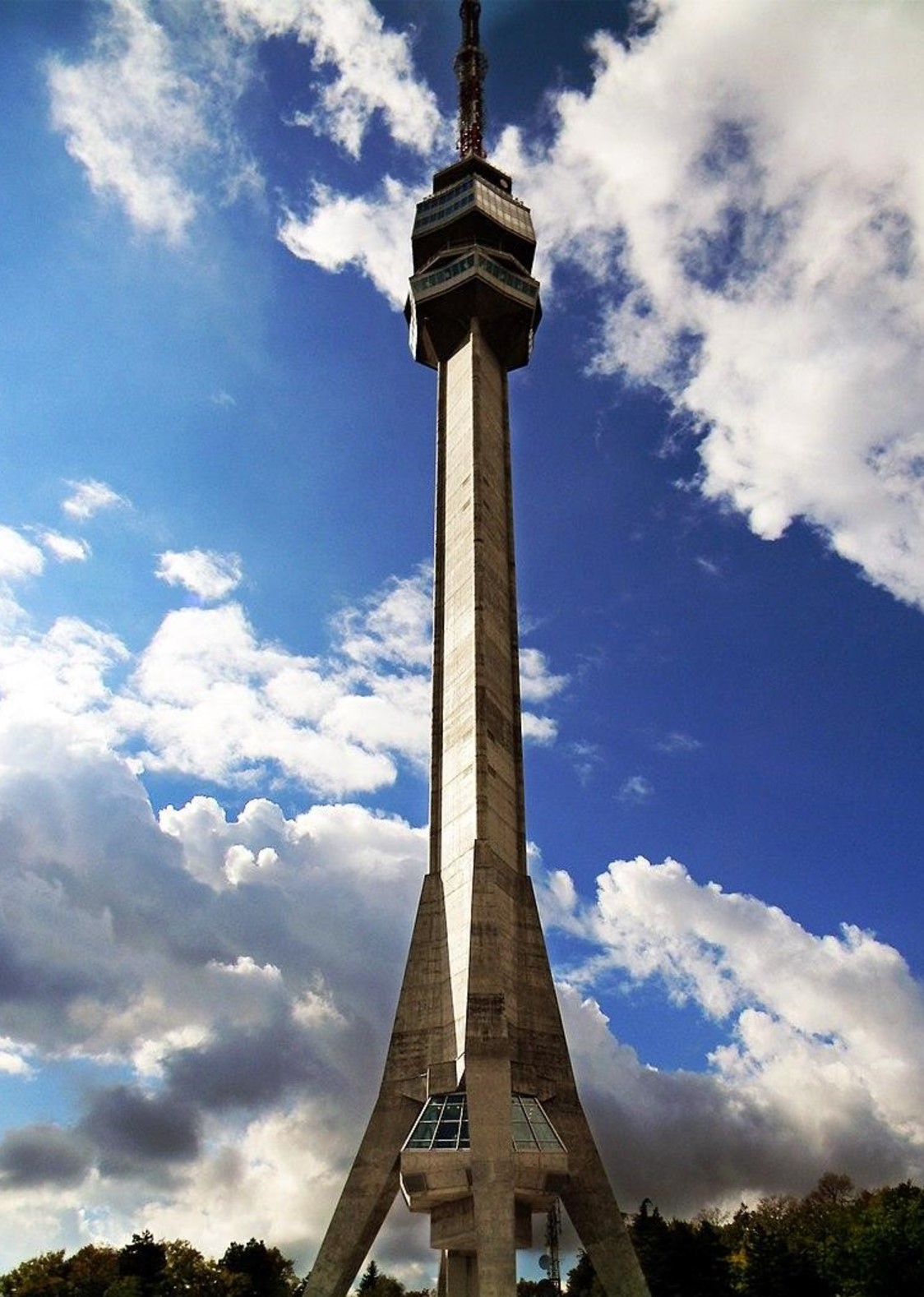Sremski Karlovci, a baroque city of culture, wine and spirituality
Sremski Karlovci is a town and municipality located in the South Bačka District of the autonomous province of Vojvodina, Serbia. It is situated on the bank of the river Danube, 8 kilometres (5 miles) from Novi Sad. According to the 2011 census results, it has a population of 8,750 inhabitants. The town has traditionally been known as the seat of Serbian Orthodox Church in the Habsburg Monarchy, as well as political and cultural capital of Serbian Vojvodina after the May Assembly and during the Revolution in 1848.
In Serbian, the town is known as Sremski Karlovci (Сремски Карловци), in Croatian as Srijemski Karlovci, in German as Karlowitz or Carlowitz, in Hungarian as Karlóca, in Polish as Karłowice, in Romanian as Carloviț and in Turkish as Karlofça. The former Serbian name used for the town was Karlovci (Карловци) – it is used today as well, but unofficially.
Built on the site of one of the most significant events in recent history. In 1699, the famous treaty between the Christian Alliance (Austria, Poland, Venice and Russia), on one side, and Ottoman Empire on the other, was signed in Sremski Karlovci. The treaty was mediated by The Netherlands and England.


















